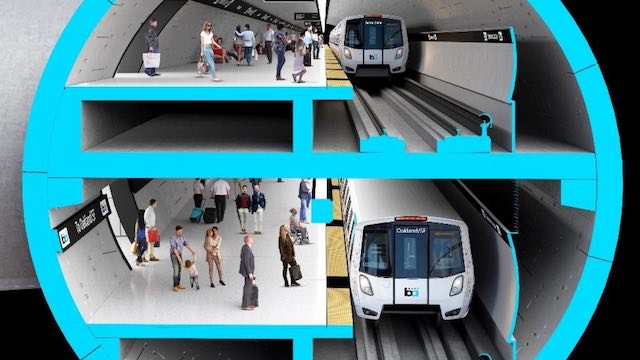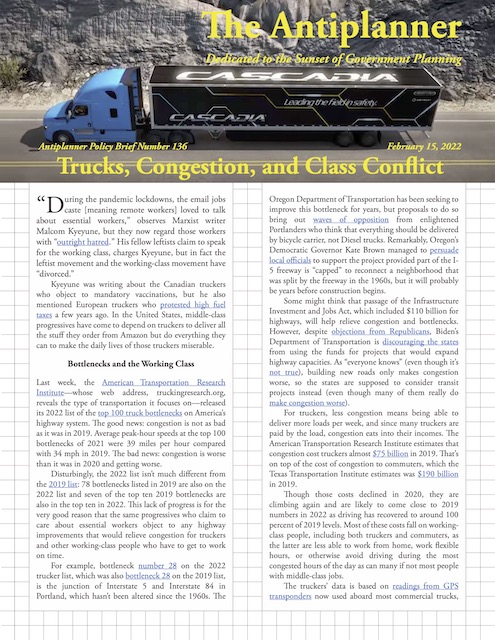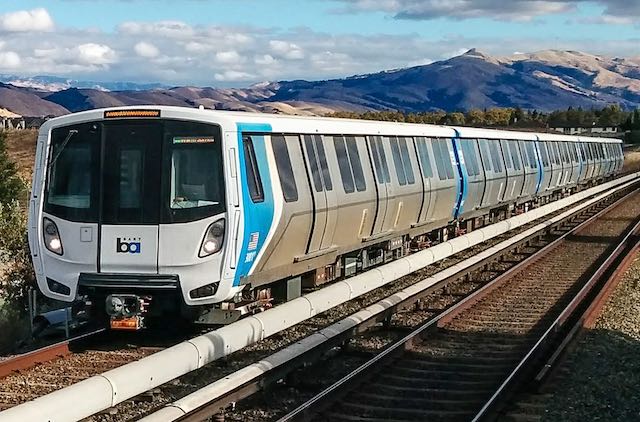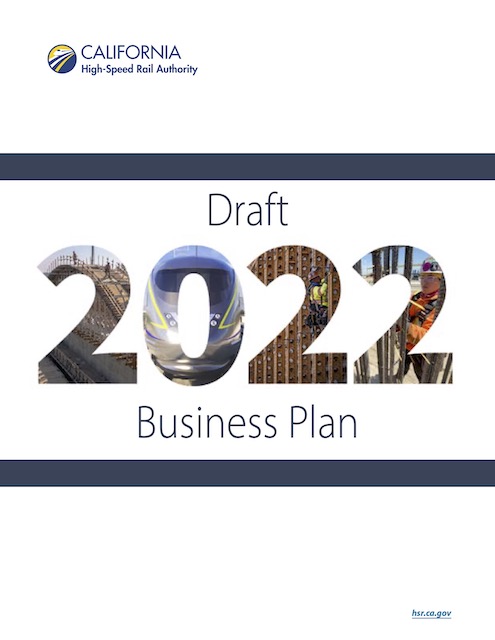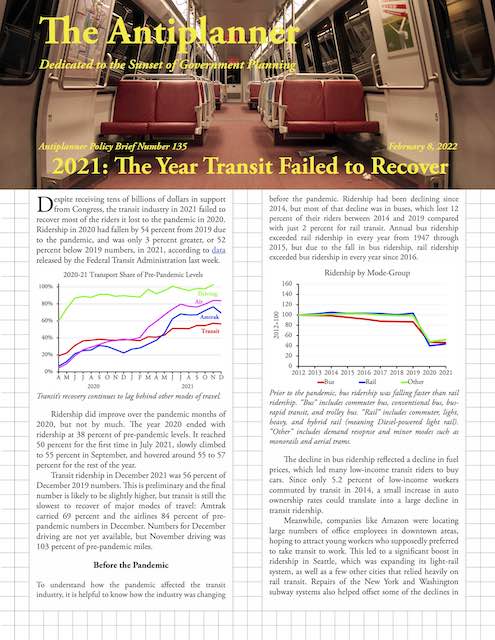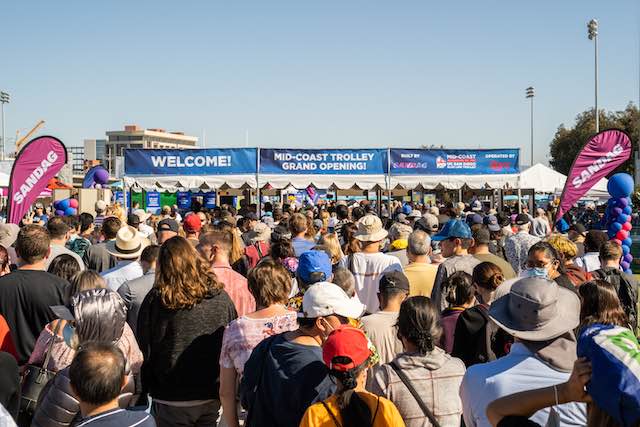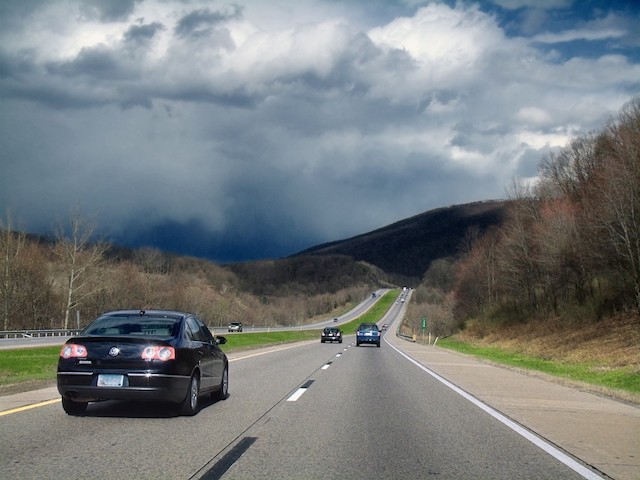It seems like we are getting more lessons about massive cost overruns for transit projects every couple of weeks. Last week, the Federal Transit Administration issued a “scathing report claiming that the Santa Clara Valley Transportation Authority (VTA) was being “overly optimistic” and “misleading” in its estimates of the costs of building a BART subway to San Jose.
Despite objections from critics, VTA decided to bore an 86-foot deep, 48-foot diameter tunnel rather than build two shallower and smaller tunnels using the cut-and-cover method, which would have been less expensive and saved passengers’ time.
The six-mile-long project was originally estimated to cost $5.6 billion (which is itself ridiculous) and be done in 2029, but the FTA now predicts it will cost as much as $9.1 billion and won’t be complete until 2034. This is $1.5 billion a mile for a transit line that is expected to carry so few riders that early estimates predicted it would cost more than $100 for each new transit rider carried. VTA’s response doesn’t refute anything the FTA said, but basically said it is too late to fix the problems so taxpayers would have to live with them (and pay for them). Continue reading

